Here’s a stalwart of the classic car scene whose star is starting to rise after many years of under-appreciation. It’s Britain’s answer to the Citroën DS, it’s the sporting saloon that co-invented (with its Triumph arch-rival) the idea of the ‘compact executive’, it’s a car that should make fanciers of automotive milestones go a little weak at the knees. It’s the Rover P6.
It wasn’t called that in period, of course, a production life which ran from 1963 to 1977. The breed began with the Rover 2000, a radical departure from anything that Rover had built before with its DS-like base-unit construction clad with bolt-on skin panels, its overhead camshaft engine, its de Dion rear suspension, its disc brakes all round and its futuristic cabin created with safety in mind. Those design elements and the delightful driving characteristics led to the 2000’s victory in the first-ever European Car of the Year contest. The Rover also won the Don Safety Trophy, awarded by a major brake-parts supplier of the time.

Stylist David Bache had wanted to give the Rover P6 a low, grille-less nose with a slender air intake, which would have added to the DS vibe, but cautious management overruled the idea. It eventually surfaced with Bache’s Rover SD1 range, which gradually replaced the P6.
Evidence of another intended bit of design intrigue has always remained under the P6’s front wings, though, in the form of a highly unusual front suspension with longitudinal, horizontal coil springs pressing against the bulkhead to which were also attached the upper suspension arms. Rover made the engine compartment wide enough to accommodate the gas turbine engine that never made it to production.
In 1966, the 90bhp standard 2000 was joined by the 114bhp 2000 TC, the extra power coming with the help of two giant SU HD8 carburettors (standard fare was a single HS6) plus a semi-extractor exhaust manifold and revised timing for the standard camshaft. An oil cooler was built into the bottom of early TCs’ radiators, too. Badges and a rev-counter completed the sportification; the suspension, brakes and tyres – the 2000 had been engineered around Pirelli Cinturatos from the start – were fine as they were.
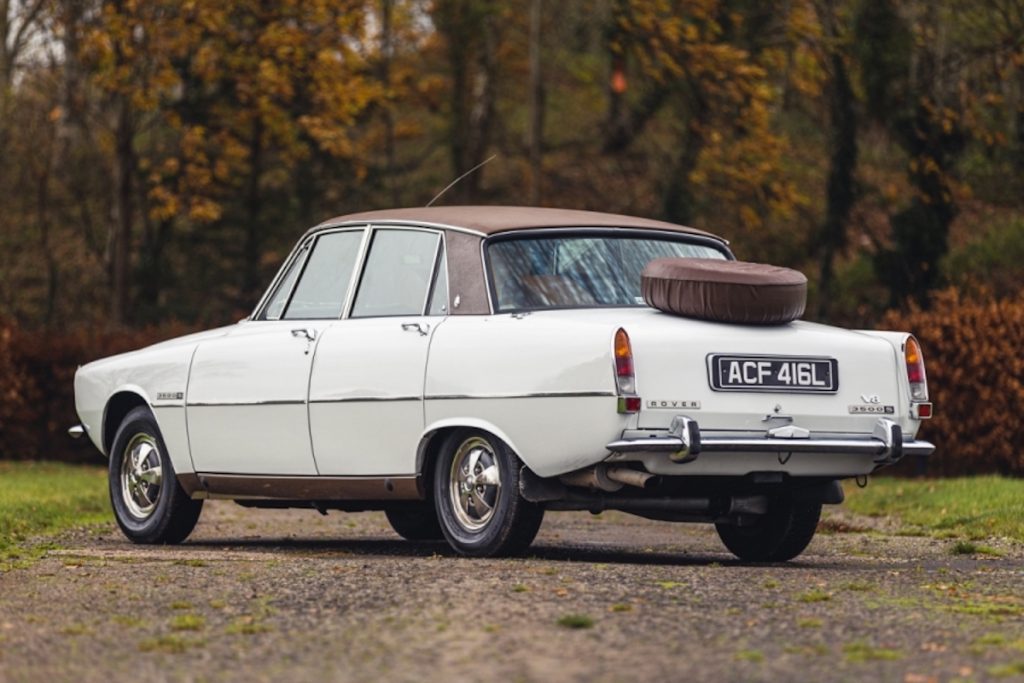
At the same time, an automatic model of remarkable lethargy also appeared. Much more interesting was 1968’s 3500, or ‘Three Thousand Five’, with Rover’s GM-derived V8 of 3528cc. This brought a useful 144bhp, although the standard-fit three-speed automatic soaked up some of the vigour.
For the 1971 model year’s Series Two P6s, the previous understatedly sober look was jazzed-up with a new black plastic front grille with a chrome-edged pattern of staggered rectangles, stainless steel trim strips along the flanks, a black vinyl covering for the rear sail panels (or roof pillars) and a black finish for the sills and lower front wings. The bonnet got a pair of power bulges to simulate a V8’s rocker covers, even for the four-cylinder versions, and inside the TC and V8 got a new and much-praised instrument pack based around four round dials instead of the former horizontal ribbon speedo. These two models got illuminated switchgear and all P6s gained Britain’s first variable wiper delay. All now had their battery in the boot, too, as had always been the case with the V8.
A year later, the V8 finally came in manual form (the 3500S, with a vinyl roof and racy five-spoke wheel trims), and it was quite a hot rod with an extra 6bhp (making 150) thanks to a freer-flowing exhaust. In late 1973 the 2000s became 2200s, with extra torque plus a power lift to 98bhp for the single-carb version. The TC gained just 1bhp, not least because its carburettors were downsized to the pair of SU HIF6s that also fed the V8s, but a compression ratio reduced from 10:1 to 9:1 meant it could now use four-star fuel. All P6s now had ‘boxpleat’ seats with cooling grooves, whether leather or brushed nylon; these, the four-dial pack and the power bulges had all been first seen on the stillborn P6 coupé that was to have been launched as an Alvis before British Leyland pulled the plug.
Talking of British Leyland, it’s interesting that no P6 wore a Leyland badge, however small, and it was not until well after the Leyland takeover that any reference to Leyland appeared on handbooks, manuals and underbonnet labels. The P6, even a late one, is very much a pre-Leyland Rover.
What’s a Rover P6 like to drive?
In a word, delightful. It will take you back to a time when suspension was supple, body roll was not a crime and progress was creamily fluid. It was regarded as one of the best-riding cars of its era, but it also handles curves with more zeal than you might expect. You initially feel some understeer building through the gentle worm-and-roller steering, but if you apply some power you feel the tail hunker down, the whole car sharpens up, the balance turns neutral and the Rover launches to the bend’s exit in fine style. The brakes are powerful, too.
The nose-heavier V8s don’t steer and handle quite as sweetly as the fours, but they sound great and are usefully faster, especially the potent V8S (122mph, 0-60mph in 9.1sec). That said, a 2200 TC is virtually as quick as an automatic V8 on the road. A manual P6 should have a precise but quite meaty-feeling gearchange, bigger movements traded for lower effort in the later cars with their longer levers.
The seats are supremely comfortable front and rear (passengers aft have individual chairs), and the huge, delicately thin-rimmed steering wheel is adjustable for height. There’s a great view out through the big windows and deep, curvaceous windscreen, but many P6s have a very convex interior mirror which gives a panoramic view but little sense of the closeness of following vehicles. (It’s easy to change it for a normal one.) The open-plan dashboard gives an airy aura, and padded drop-down ‘shin bins’ under the dashboard offer voluminous storage. Leather trim (less likely in later cars) gives a luxurious feel, but what looks like wood veneer isn’t – except in the first few cars in 1963-64, now very rare.
Long-legged gearing makes all P6s good cruisers, and SCs and V8s are quite refined. The twin-carb cars, especially the 2000, have a harder, more sporting edge to their power delivery; a 2000 TC with the original style of two-box exhaust system is bordering on the rorty.
There’s a good-size boot (whose aluminium lid neither likes being, nor needs to be, slammed) but extra space could be had by mounting the spare wheel on the bootlid for which a reinforcement kit was needed. Some think the bootlid-mounted spare is a cool feature, others (this writer included) think it looks ridiculous.
Common to all P6s is a remarkable aura of quality and engineering thoroughness, from the micro-adjustment of the pedal heights and camshaft timing to the sturdiness of the fixings, the quality of the materials, the ingenious ball-and-cup door hinges, the invisible welding of the stainless steel door-window frames and the way the doors click shut under finger pressure. Compared with the SD1 that replaced it, in that respect it’s in another league.
How much does a Rover P6 cost?
There are still many P6s around today (far more than remain of its Triumph 2000/2500/2.5 PI rival, incidentally), and it’s the sort of car that’s likely to have been left untouched in a garage or a lock-up for years after the passing of a once-proud owner. Such cars quite often come up for sale, sometimes in need of little more than cleaning and recommsissioning, other times having deteriorated into rotten basket cases worth a few hundred pounds at best.
That said, as you can see in the Hagerty Price Guide there’s a clear pattern of values for decent cars, and some remarkable prices asked for cars in pristine minimal-miles condition or with a significant history. Beyond that, the calmer-looking, original-style Series One cars tend to attract a premium over a mechanically-equivalent Series Two, partly because they more purely represent the P6 as conceived, partly because there are fewer of them now. However, Series Two cars offer refinements such as an alternator, inertia-reel seatbelts, the wiper delay, a more durable gear linkage (from the 1972 model year) and other running improvements.
Automatics are invariably worth less than manuals, TCs are worth more than SCs, but between 2000s and 2200s there seems to be little value disparity – maybe an extra £300-£400 for the bigger engine according to the Hagerty Price Guide. Further delving in the guide doesn’t reveal a formal recognition of an S1/S2 discrepancy, and as ever it’s condition that matters with the year having no influence in itself. It reports a low of £2000 for a ‘fair’ 2000 SC rising to £6600 for a concours one, but the spread is much wider for the 2000 TC: a low of £2400 and a high of £10,600, with £7300 buying an ‘excellent’ example.
A two-pedal V8 starts at £3300 and rises to £14,000, with ‘good’ at £6100 and ‘excellent’ at £10,500. A V8S, however, with the coveted manual transmission, scores £4100, £7900, £11,000 and £15,000 for the four condition categories.
What goes wrong, and what should you look for when buying a Rover P6?
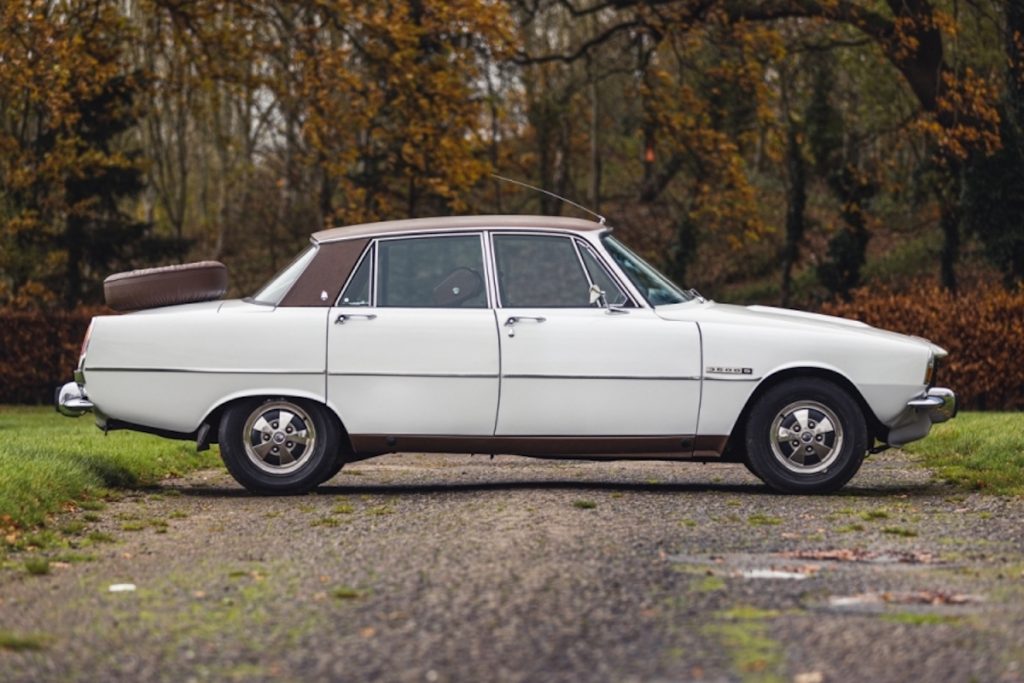
By far the biggest problem, unsurprisingly, is corrosion. An afflicted P6 is likely to show this in many of the bolt-on outer panels: the front wings half-way down where there’s a mud trap behind, or at the bottom; the rear wings just below the sail panels and along the forward edge; the screw-on outer sill covers; the door bottoms; the panel between rear window and bootlid; the rear lower valance. Not the aluminium bootlid, though, nor the aluminium bonnet except sometimes on the sides near the front where there’s an internal strengthening rib.
You might be able to find good secondhand, or even new-old-stock, panels to remedy problems here, or effect repairs using sections available from specialists. But there’s also the vital base unit to worry about. If the P6 you’re looking at has been left out in the rain for a long period without being driven, and/or its many rubber seals have deteriorated (all are available new), expect the worst.
Check the sill structures along their undersides, where patches are often welded on and the square locating lugs for the body-manufacturing jig at each end, just inboard of the sills’ undersides, might be missing. Next, lift the edges of the carpets and check the floors and the vertical part of the inner sills for solidity. Then lift out the rear seat cushions and check the well between the sills and the seat pans, plus the adjacent wheelarch whose three-layer structure can harbour rot.
The door seals are held in place by a channel section of steel, which can disintegrate along the bottom edge. Leaking door membranes encourage water to accumulate there and are the usual cause of the problem. Next, check under the front and rear wings for rust in the inner wings’ vertical sections and along the tops, particularly the ‘hockey-stick’ reinforcements under the top surfaces of the front inner panels. In the boot, check the boot floor, the area under the rear scuttle, the tops of the inner rear wings and the rear mountings for the suspension’s Watt linkages. Check the last of these from underneath, too, and check also that the de Dion elbows between the tube and the hubs aren’t holed or crumbly.
The Rover P6 has wide panel gaps as part of its design, but they should be even and level. If they are not, it’s likely that rust or inaccurate repairs lie beneath. The last cars, finished in acrylic paint in the new paint plant built for the SD1, were very prone to chipping, flaking and subsequent rusting, but most will surely have been repainted by now.
Now, the mechanicals. Staying underneath at the back, the de Dion tube’s rubber bellows might be split and/or it might show traces of oil, indicating failure of the seals within. Replacement is straightforward. Very early cars are prone to oil leaks from the differential, problematic when the oil gets on to the inboard brake discs.
There are scare stories around a P6’s rear brakes and the difficulty of replacing the pads, but on Girling-equipped cars (mid-1966 onwards) it’s quite straightforward if the discs (four bolts each) are removed first. Earlier cars have Dunlop brakes, more finicky to maintain and less well served for spares.
The steering and suspension are robust but the usual checks for shock-absorber function, perished bushes and boots, and clonks in the joints on road test apply. Play in the steering box can usually be adjusted out.
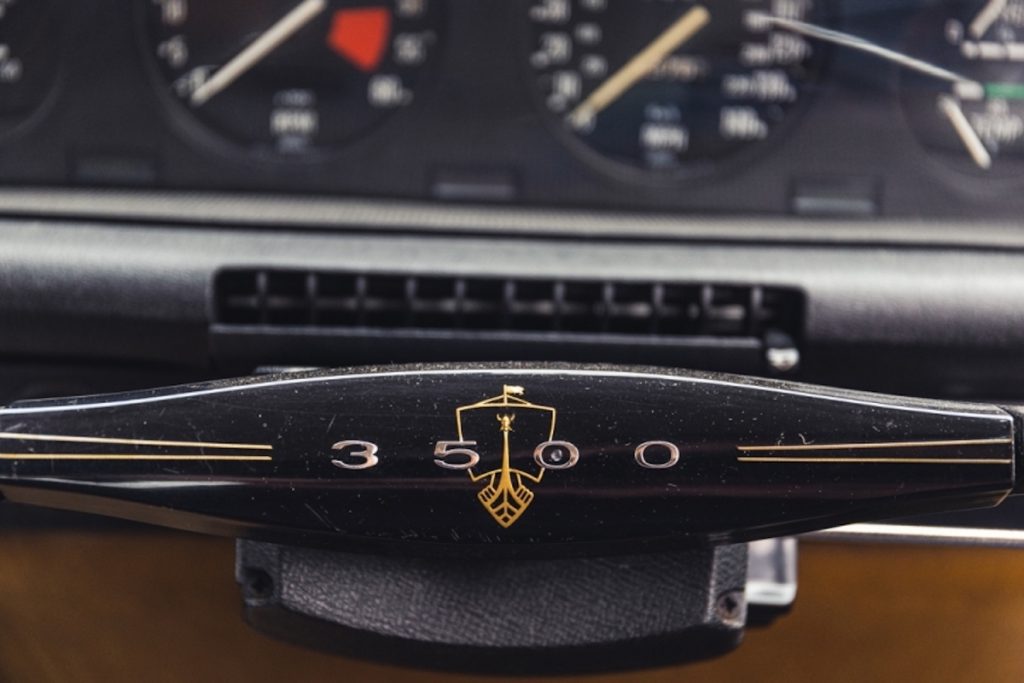
Your underbonnet inspection is likely to reveal perished drain tubes from the heater plenum and a perished grommet where the throttle linkage passes through the bulkhead. New ones are available. A new rubber camshaft cover gasket will cure the leak that’s likely from a four-cylinder’s original-type cork one. Check for water seepage from that engine’s pressed-steel side plates, which can corrode from the inside.
A tinkle from the front of the four-cylinder engine on start-up will be coming from the lower timing chain, and should stop in a couple of seconds as the hydraulic tensioner pumps up. Note that the engine runs at a high oil pressure, and the warning light doesn’t extinguish until the pressure has passed between 18 and 28 pounds per square inch. The V8 runs at a lower pressure, and is prone to accumulation of oil sludge – and to premature camshaft wear if the oil hasn’t been changed regularly.
The 2000 TC is meant to run on five-star fuel of 100-octane or over, which is clearly a problem nowadays. In practice it’s happy on the highest grade of super unleaded – no P6 made after late 1966 needs a lead substitute, incidentally – but if your 2000 TC is worn out you can overbore the block to take 2200 pistons which will lower the compression ratio from 10:1 to 9:1, maintain the power and add useful torque.
Manual P6s are quite likely to have imprecise or obstructive gearchanges, almost always caused by wear in the tip of the lever or selector finger, disintegration of the nylon cup in which the lever’s ball sits, wear in the bushes that support the control shaft or, in earlier cars in which the lever is mounted on the car’s body rather than on a remote extension to the gearbox, maladjustment. All parts to cure these problems are available; the P6 is very well served by specialist parts suppliers.
So, which is the right Rover P6 for you?
Probably not an automatic 2000, unless you’re very patient, because it can be inconveniently slow. The opposite extreme is a 3500S, the fastest and most glamorous Rover P6 and consequently the most valuable. But there’s a strong following for the four-cylinder cars, which are purer in their Rover genes and handle more sweetly than the V8s thanks to quicker steering, better front suspension geometry and a lighter nose.
Of those, the twin-carburettor cars are the most entertaining. They are proper sports saloons with a keen demeanour and a good turn of speed. The Series One 2000 TC is the purist’s choice, especially with the rare wire-wheels option, the 2200 TC is quicker and torquier but wears that 1970s glitzy makeover. All the TCs are showing an upward trend in values of late, but are still cheaper than the (thirstier) V8s. They, we think, are the P6s to watch.
Read more
Join The Club: Rover Sports Register
11 sports cars powered by the Rover V8
Buying Guide: Triumph Stag (1970 – 1977)

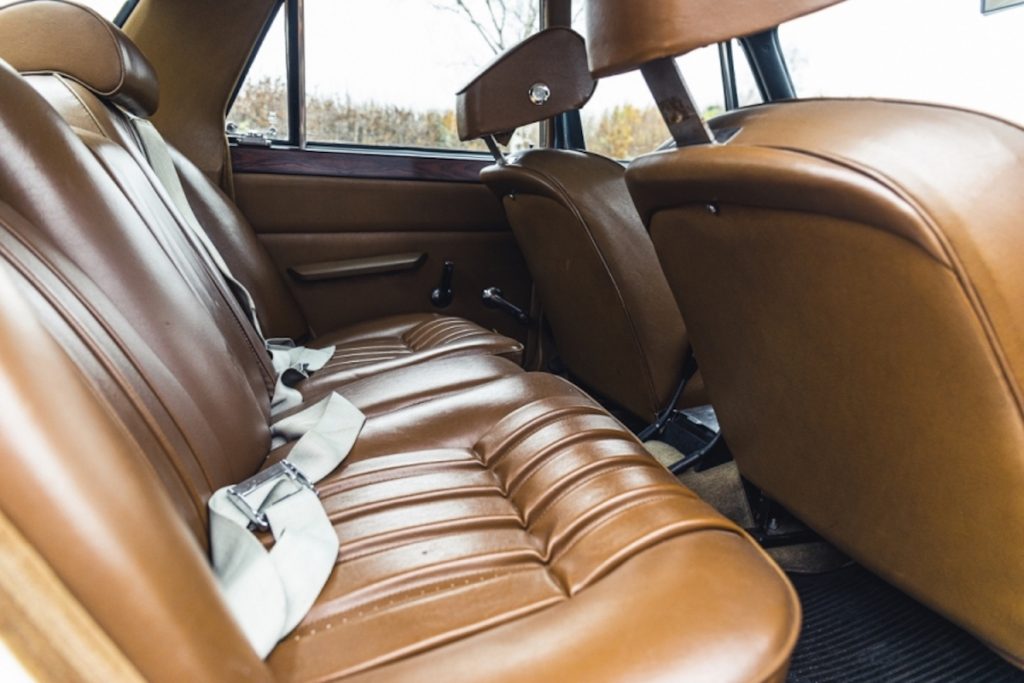
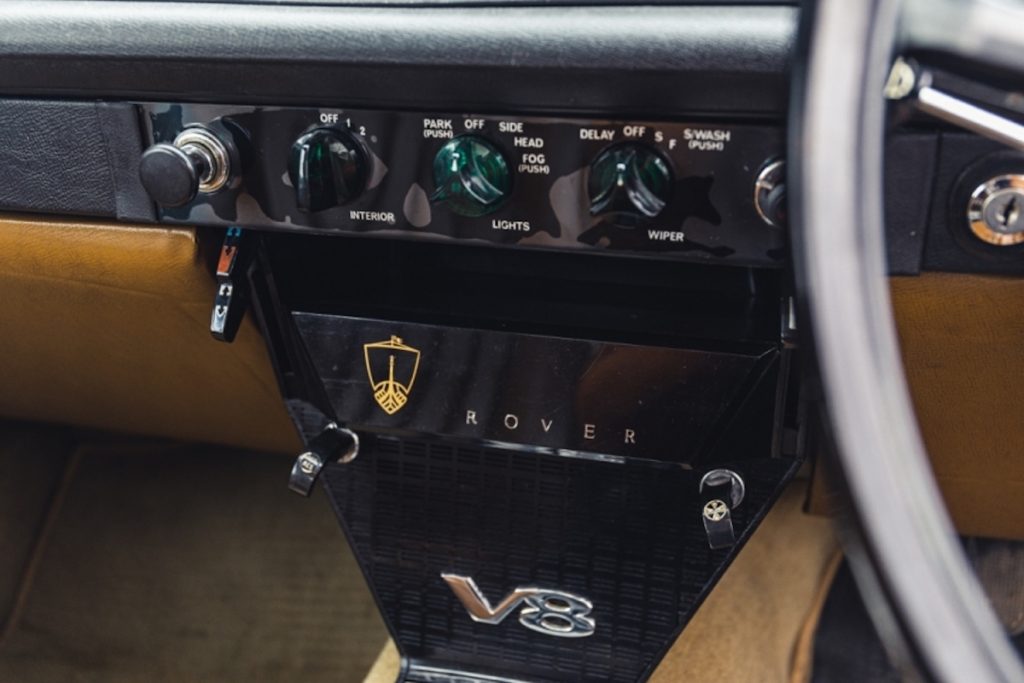
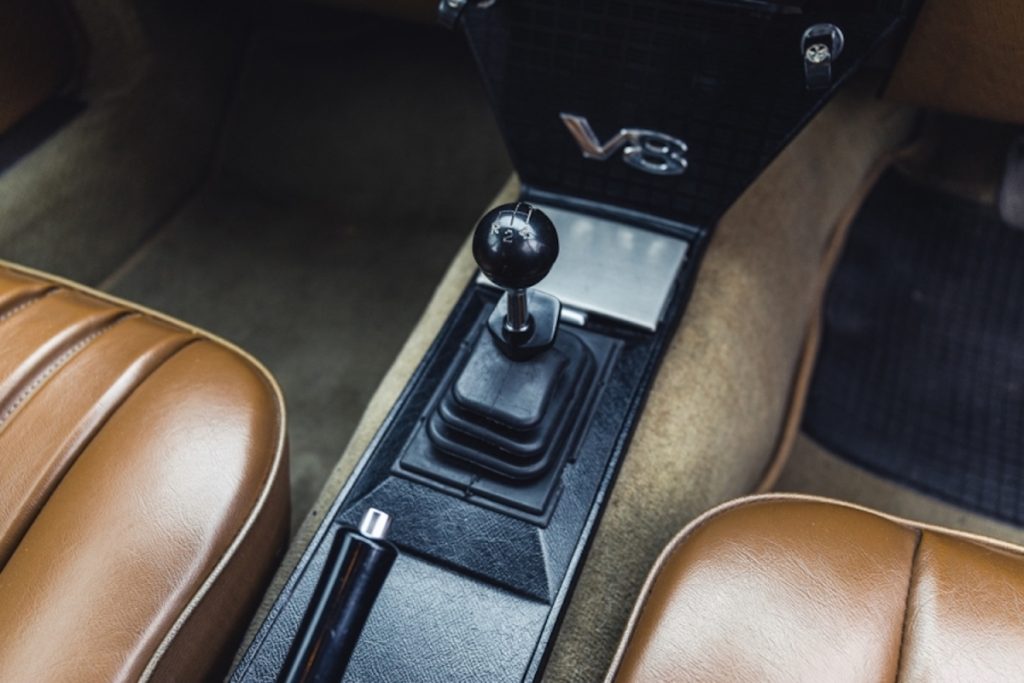
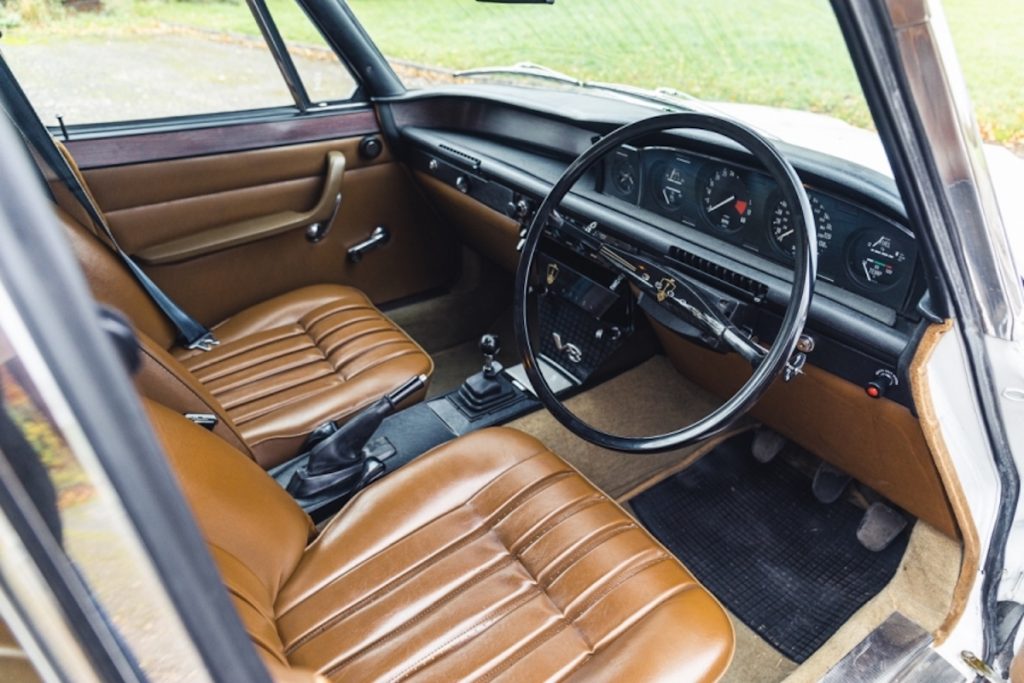
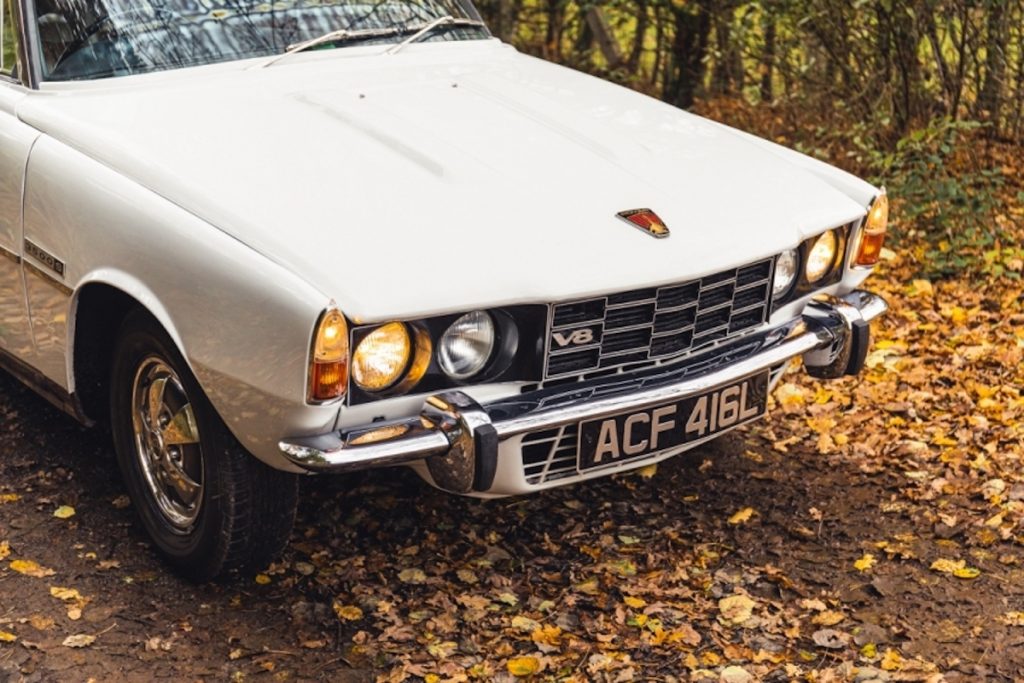
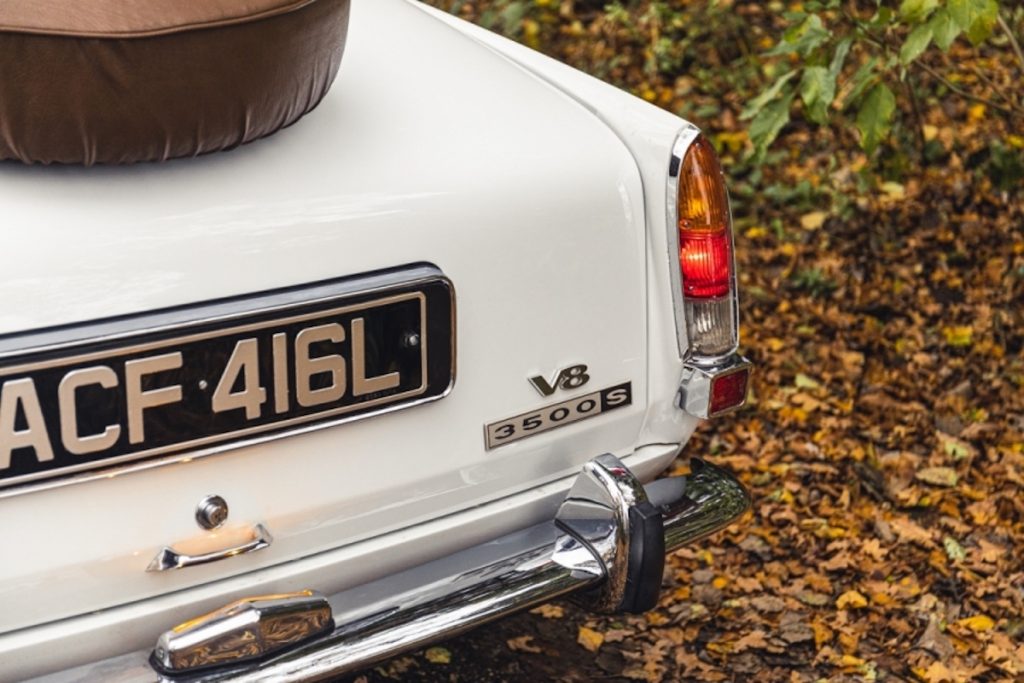
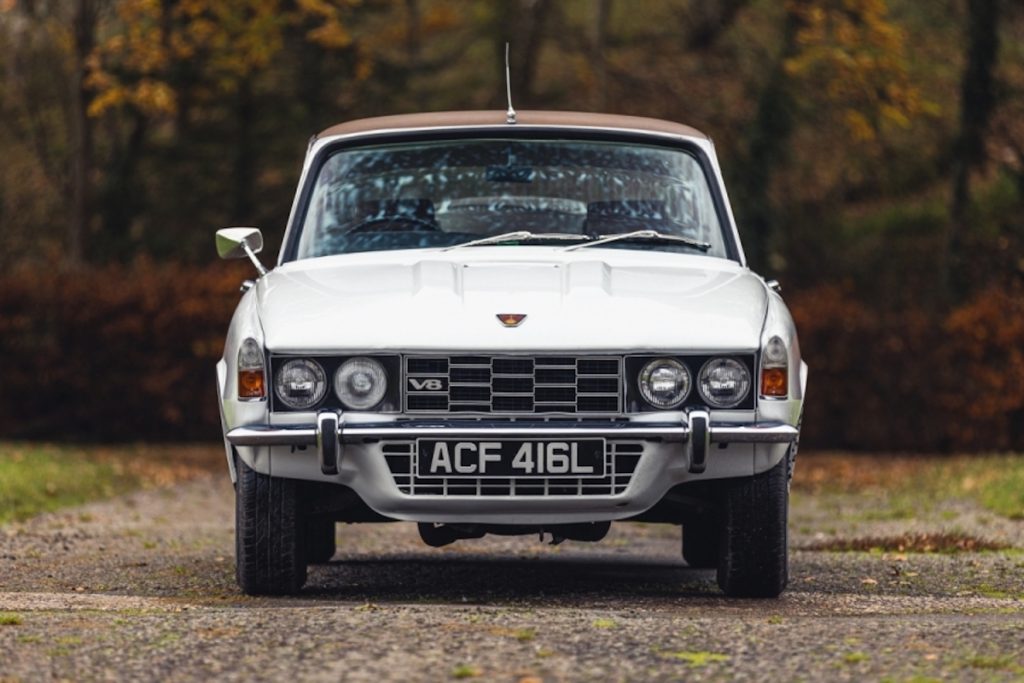
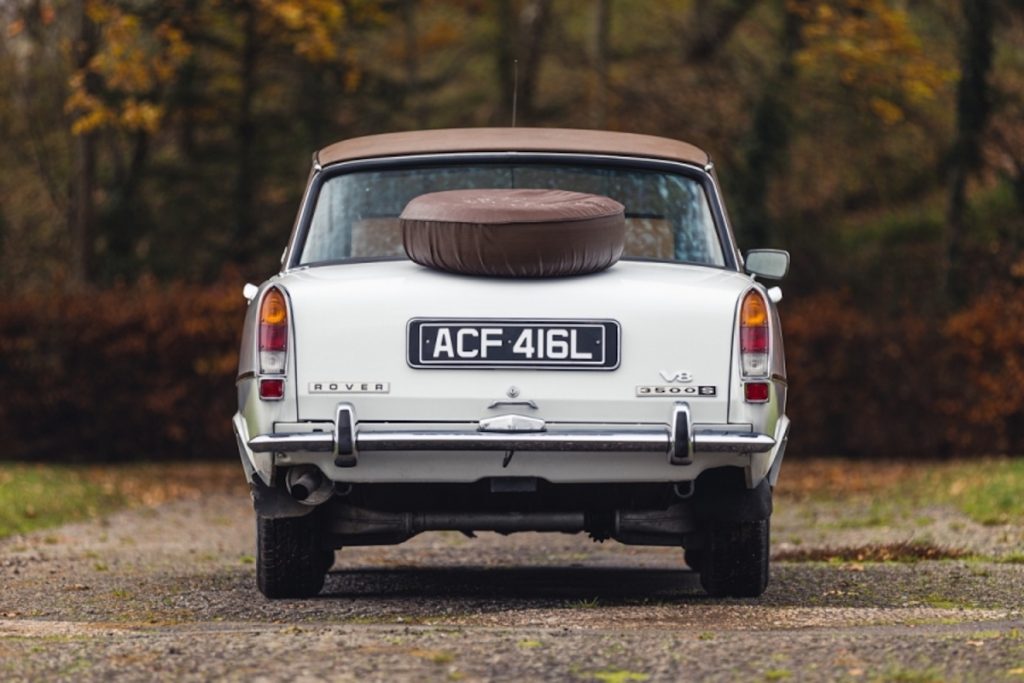









Hi I agree with most of what you say about the P6. Some years ago I had a ’72 V8 auto which engine-wise was the worst car I have ever owned – neglect by the preivous owner. I now have a ’72 2000TC which is a brilient car and one which I love driving. It’s a car that can easily keep up with modern traffic and I never feel as though I’m in everyones way, which I did with some of the earlier classics I have owned. My TC is Mexico Brown, not a colour I would have chosen but it grows on you and now I feel very happy with it. In my view they take a lot of beating but you must always have regard for their age as, of course, you should for any classic. It will probably be my last classic (being 79 now) but what a way to bow out.
regards A Swain
How much is this car
Excellent, really helpful review. Has put my mind at rest in considering a 2200 TC over a 3500.
Nothing beats a proper 3500 V8 and with proper oil and filter changes, a joy when fired up !